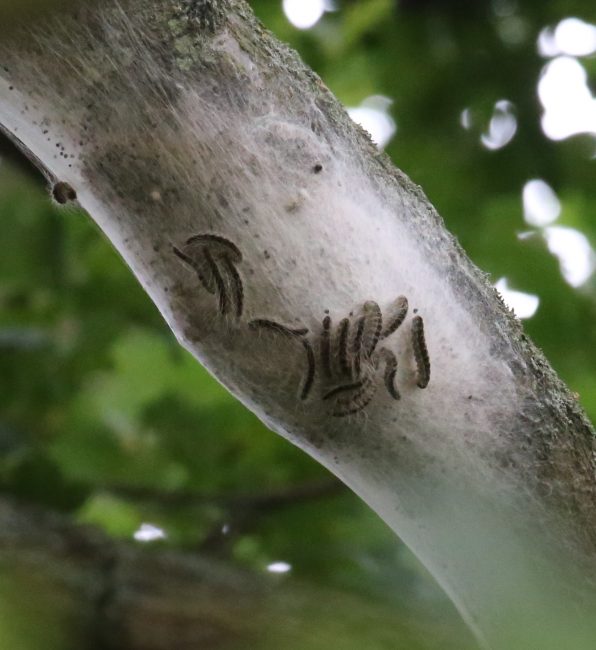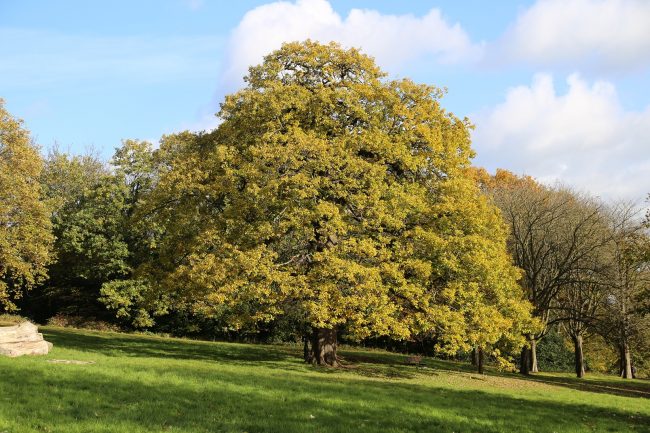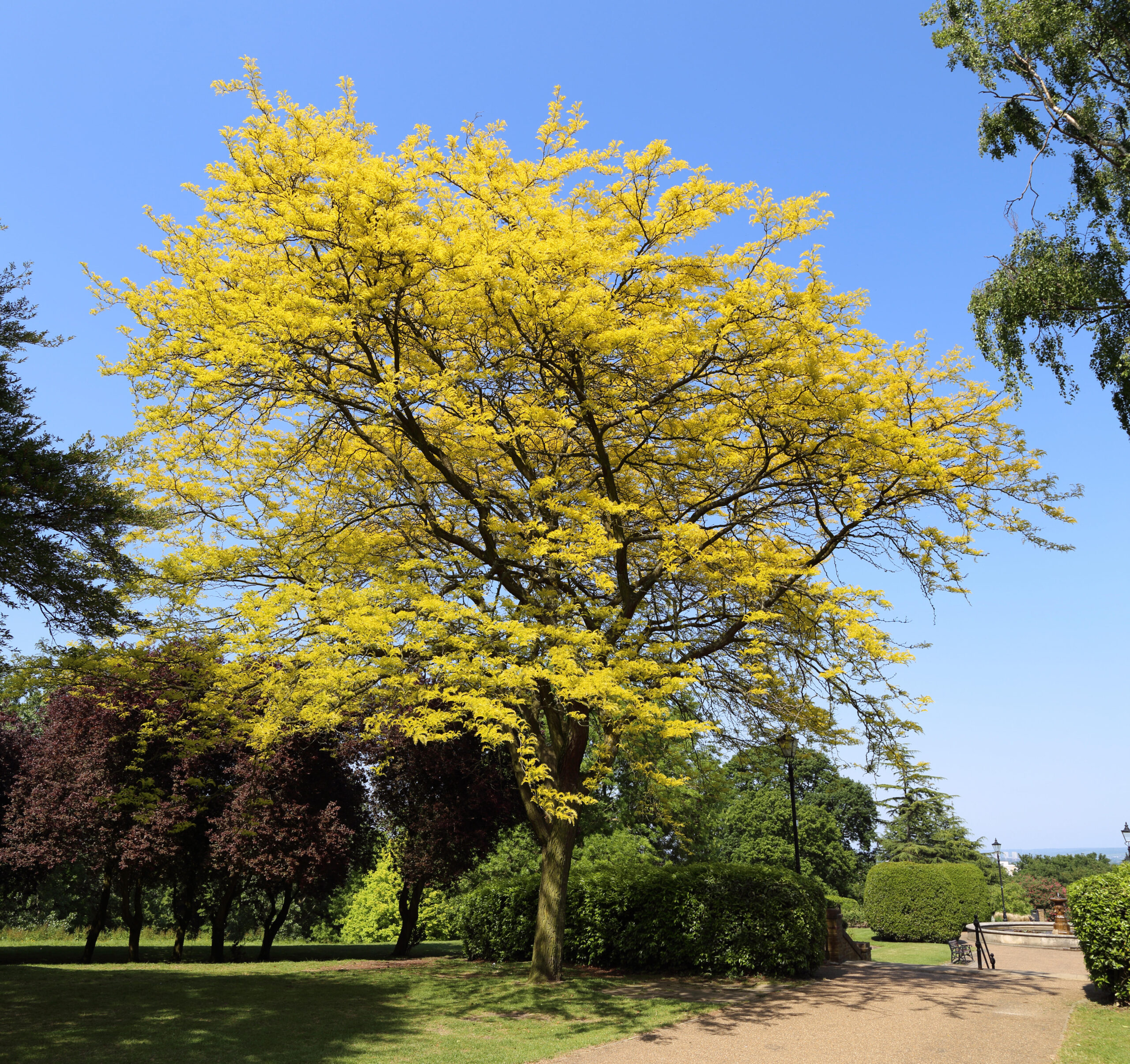Our park manager, Mark Evison, introduces the Oak Processionary Moth, a pest all visitors to the Park should be aware of:
We care for around 7,500 trees in our Park, including exotic specimens like the red wood and a classic avenue of London planes. Our stock of oak trees range from newly planted trees barely more than ten feet tall to old hedgerow trees that pre-date the opening of the Park in 1863.
Some of these oaks are now home to the Oak Processionary Moth, a new(ish) pest that first arrived in London in 2006 and reached Alexandra Palace in 2017. The caterpillars feed on the leaves of the tree and in severe cases can cause serious damage. However, it’s their potential impact on people that you should be aware of. The caterpillars and their nests are covered in tiny hairs which can cause skin rashes, eye irritation and sore throats. If you do have a serious allergic reaction, call NHS 111 or see a doctor. Similarly, consult a vet for badly affected animals.

(Oak Processionary Moth, courtesey of Stephen Middleton)
The main risk period is May to July when the caterpillars emerge and are active, but the nests can be present all year. Do not touch the nests or caterpillars.
At Alexandra Palace we are implementing a prioritised management approach with advice from the Forestry Commission. This means we will spray oak trees in certain high-footfall areas to prevent the nests from forming, but in other areas they will be left to avoid the collateral damage to other moth and butterfly species.

(Oak in the Park, courtesey of Stephen Middleton)
We sometimes put temporary or permanent fencing in place to restrict access where the caterpillars or other hazards might be present so please help by not climbing over fences!
I’m delighted so many of you continue to enjoy the park, and so many people are helping us to improve it.





